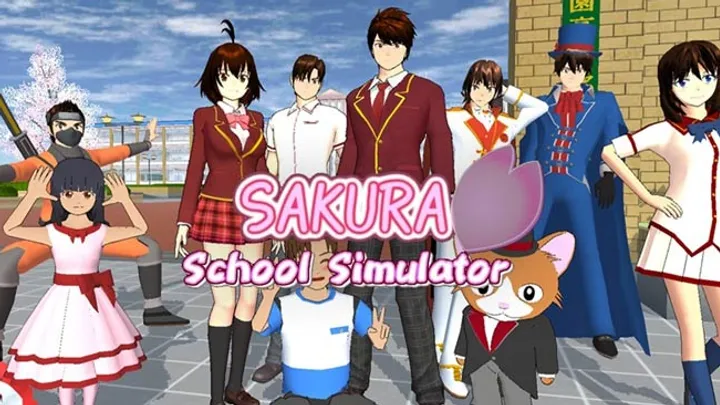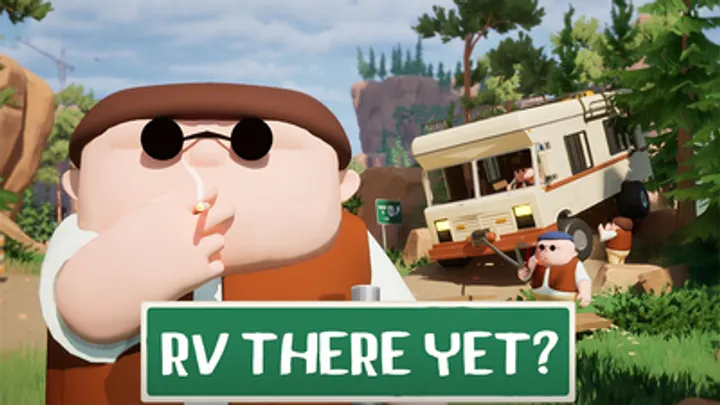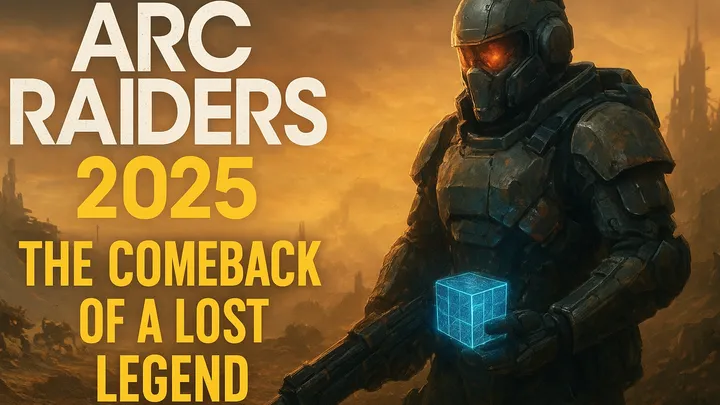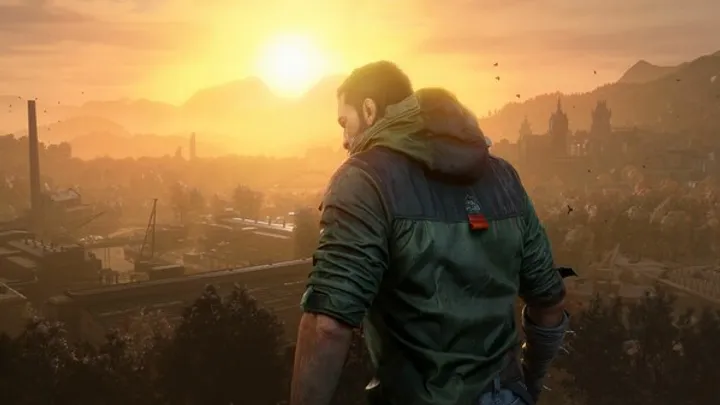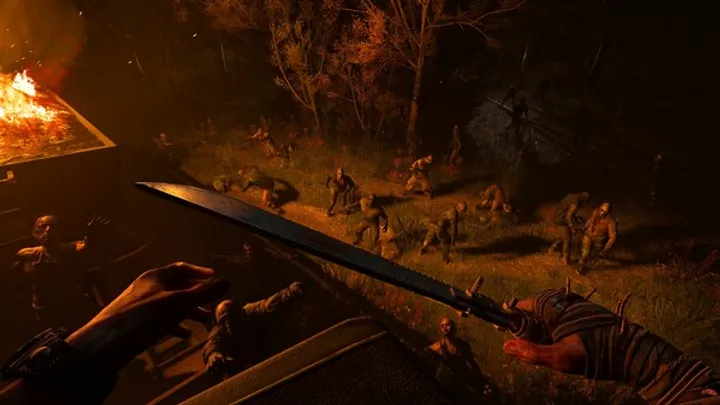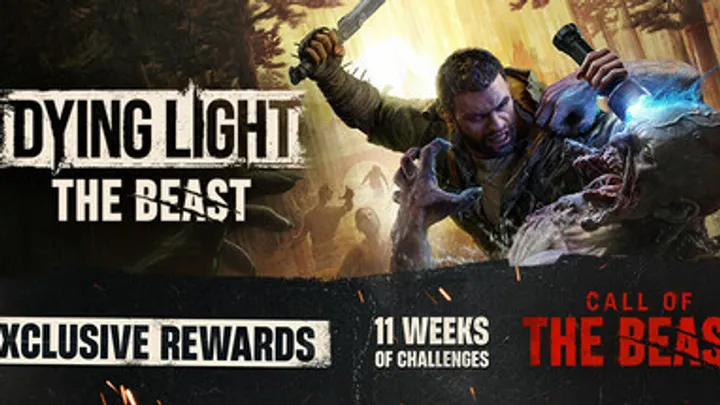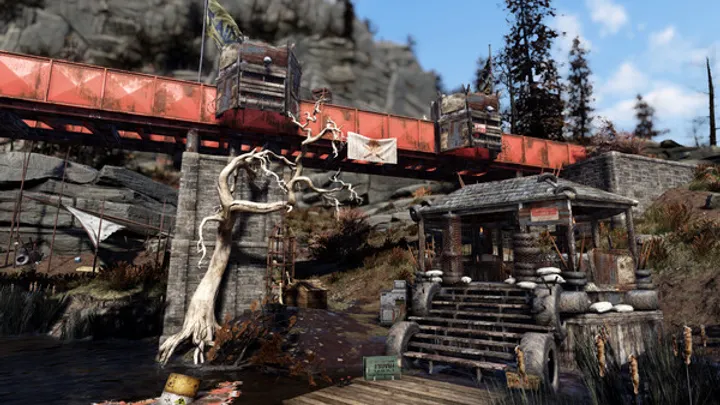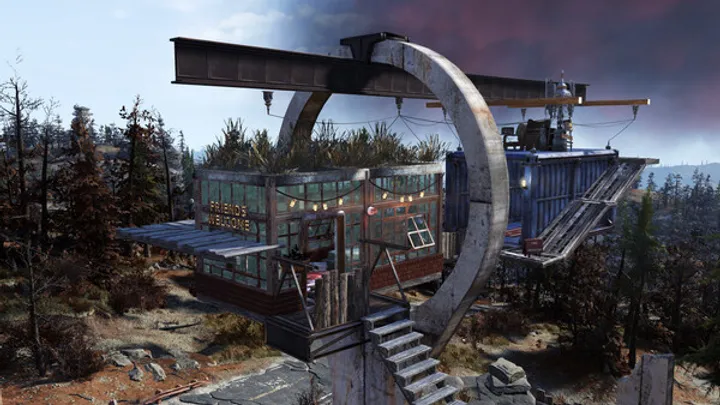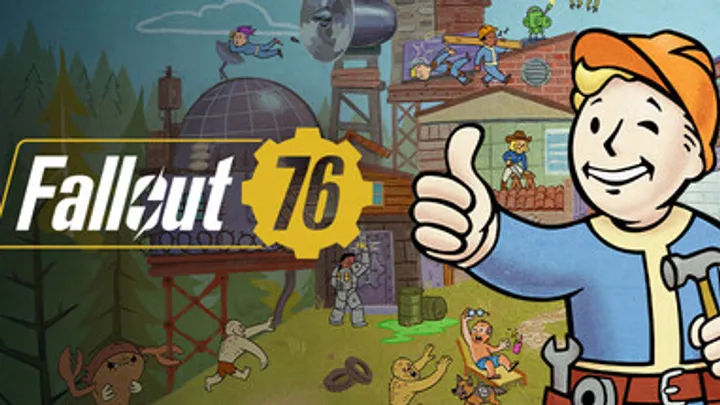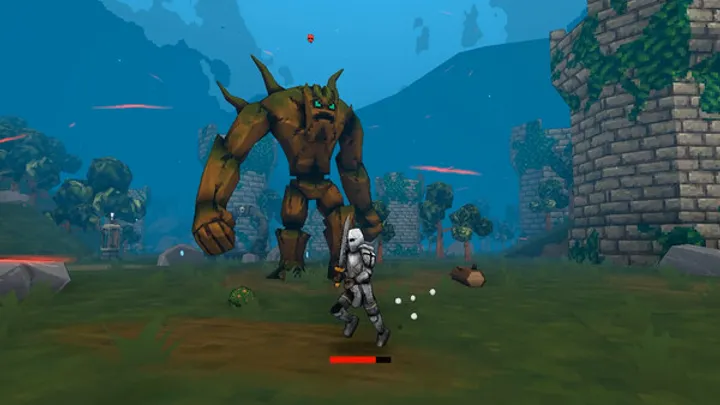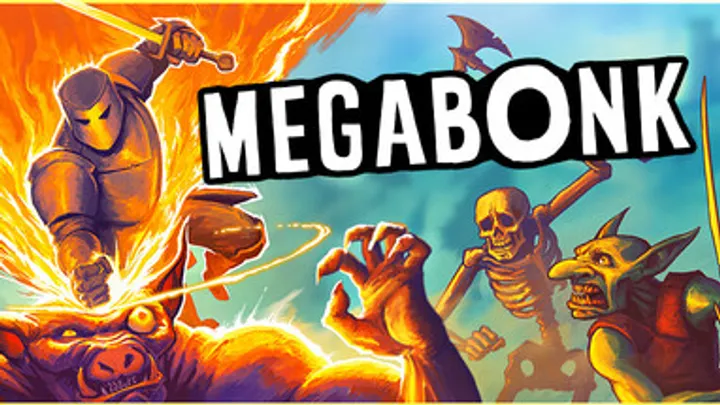Introduction
When Fallout 76 was first released, it was surrounded by high expectations and even higher skepticism. Bethesda’s first fully online entry into the beloved Fallout universe promised a shared wasteland experience — one where players could rebuild America together. Instead, it launched to technical failures, missing NPCs, and widespread disappointment. Yet, years later, Fallout 76 stands as one of gaming’s most surprising comeback stories. This article dives deep into a specific issue that defined and transformed Fallout 76 — its journey from an empty wasteland to a living world through community-driven evolution.
1. The Ambition That Shaped the Wasteland
At its core, Fallout 76 aimed to redefine what a Fallout experience could be. The developers envisioned a massive, online version of Appalachia where every player would shape the story. The absence of human NPCs was not an oversight; it was an experiment — one meant to make players the heart of every interaction.
However, this ambitious choice quickly became a double-edged sword. Without human characters to anchor emotional storytelling, Appalachia felt desolate in the wrong way. Players wandered for hours without meaningful engagement, making the post-nuclear loneliness feel more like isolation than immersion.
The idea was revolutionary but poorly executed at launch. It revealed a hard truth: player-driven narratives can’t replace the humanity that gives Fallout its soul.
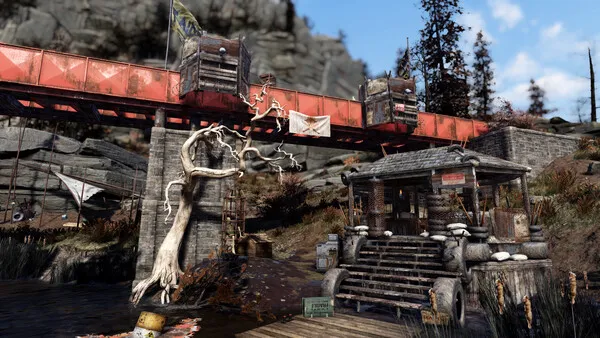
2. The Fallout of Launch — A Broken Dream
When Fallout 76 launched in November 2018, chaos erupted. The game suffered from severe performance issues — from bugs that erased player progress to glitches that broke missions. The technical problems were only the surface. The deeper issue was emotional emptiness.
Fans who expected rich dialogue, complex factions, and moral dilemmas found repetitive fetch quests and silent terminals. Appalachia was massive but hollow. The game felt like an experiment rather than a world to live in.
Bethesda’s reputation took a hit. Longtime fans accused the company of betraying its single-player storytelling legacy. The Fallout 76 subreddit became a wasteland of its own — filled with anger, memes, and disappointment.
3. The Players Who Refused to Quit
Despite the widespread criticism, a dedicated subset of players refused to abandon Appalachia. These early survivors became the foundation for the game’s unexpected recovery. They found creative ways to make meaning where the developers had failed.
Players built trading hubs, role-playing settlements, and underground resistance groups. Some hosted in-game concerts, others offered “Wasteland Tours” to newcomers. They even organized community markets using the CAMP system to trade rare items and share resources.
This emergent gameplay turned the game’s biggest weakness — its emptiness — into an opportunity for player creativity. Bethesda watched and learned from these experiments, eventually taking cues from how the community was filling in the emotional gaps.
4. Wastelanders: The Return of Humanity
Two years after launch, Fallout 76: Wastelanders arrived as a monumental update that redefined the game. Human NPCs finally returned, bringing with them voice acting, moral choices, and branching dialogue — the pillars of Fallout storytelling.
For many, this update felt like redemption. Players could now join factions like the Settlers or Raiders, rebuild trust, and uncover mysteries tied to pre-war Appalachia. The world felt alive for the first time.
Wastelanders was not just an expansion — it was an apology, and a masterclass in listening to the community. It symbolized the developers’ willingness to confront failure and evolve through feedback.
5. The Evolution of Appalachia’s Narrative
With each subsequent update, Fallout 76 expanded its story and emotional depth. Steel Dawn and Steel Reign brought the Brotherhood of Steel into focus, reintroducing ideological conflict into the wasteland. Players were no longer just survivors — they were participants in a moral and political struggle.
Bethesda began weaving player choices into the evolving narrative. NPCs remembered your decisions, factions reacted dynamically, and Appalachia became a reflection of your actions. This shift marked the moment when Fallout 76 finally found its identity: a hybrid between multiplayer sandbox and story-driven RPG.
The story no longer felt imposed; it was shared.
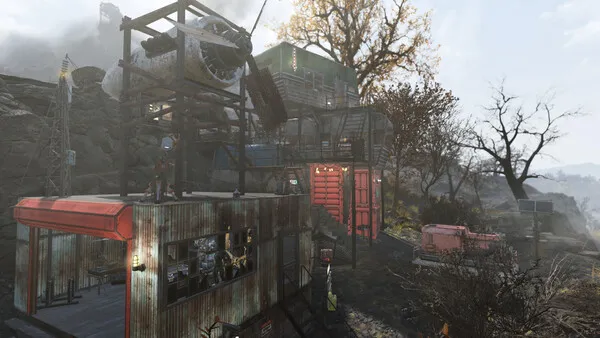
6. The Economy of Survival
Another defining issue in Fallout 76’s growth was its in-game economy. At launch, trading and crafting systems were clunky and exploitable. Duplication glitches led to item inflation, and a lack of meaningful rewards made grinding feel hollow.
Bethesda addressed this by introducing balance updates, vendor caps, and limited player-to-player trading. They later added the Gold Bullion and Scrip systems, encouraging players to engage with factions and events to earn valuable rewards.
The community economy stabilized — not through strict control, but through structured freedom. Players could now sustain themselves without breaking the balance, and the wasteland’s scarcity began to feel authentic rather than frustrating.
7. Building Appalachia Together — The CAMP Revolution
One of the most transformative systems in Fallout 76 is CAMP building. Initially seen as a novelty, it evolved into a powerful storytelling tool. Players could craft homes, shops, bunkers, and entire towns — turning Appalachia into a gallery of creativity.
The introduction of “CAMP slots” and advanced building blueprints gave players more control than ever. Some created post-apocalyptic diners, others designed eerie vault replicas or modern art museums in the ruins of civilization.
CAMP building became a metaphor for Fallout 76’s entire journey — the act of rebuilding from ashes, piece by piece.
8. The Role of Live Events and Seasonal Content
To keep the community alive, Bethesda introduced rotating events and seasonal challenges. Events like Fasnacht Parade, Mothman Equinox, and Invaders from Beyond turned Appalachia into a living stage where players could unite for collective goals.
These events weren’t just about loot; they built culture. Players wore unique masks, developed traditions, and even documented their adventures through fan videos and screenshots.
The seasonal model encouraged long-term engagement, making Fallout 76 feel more like an evolving world than a static RPG.
9. The Redemption of a Reputation
Few games have ever recovered from a launch as disastrous as Fallout 76. Yet, through consistent updates, community engagement, and genuine humility from Bethesda, the game transformed its identity.
The phrase “No NPCs” that once defined its failure is now a historical footnote in a story of perseverance. Critics who once mocked it now recognize it as a living example of post-launch redemption.
Bethesda even embraced transparency, hosting developer AMAs, publishing detailed update roadmaps, and integrating player feedback loops directly into the development cycle.
The company learned what many in the industry forget: live service is not just about content — it’s about conversation.
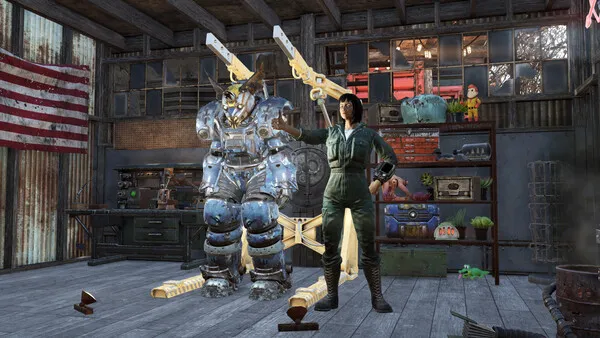
10. Lessons from the Wasteland: A Future Rebuilt
Fallout 76’s greatest legacy may not be its story, but its evolution. It teaches that games are not static; they can grow, change, and redeem themselves through connection.
The journey from broken release to respected online world mirrors the very theme of Fallout: humanity’s struggle to rebuild after destruction. Bethesda turned failure into foundation, guided by the resilience of its community.
Today, Fallout 76 stands not as a perfect game but as a living ecosystem — one where every player, quest, and settlement contributes to a shared story of survival and hope.
Conclusion
The tragedy and triumph of Fallout 76 prove that a game’s worth is not determined by its launch, but by its ability to evolve. In the ashes of disappointment, Bethesda and its players built something remarkable — a genuine, breathing wasteland that finally feels alive. The game’s redemption is not just technical; it’s emotional, symbolic, and deeply human.
